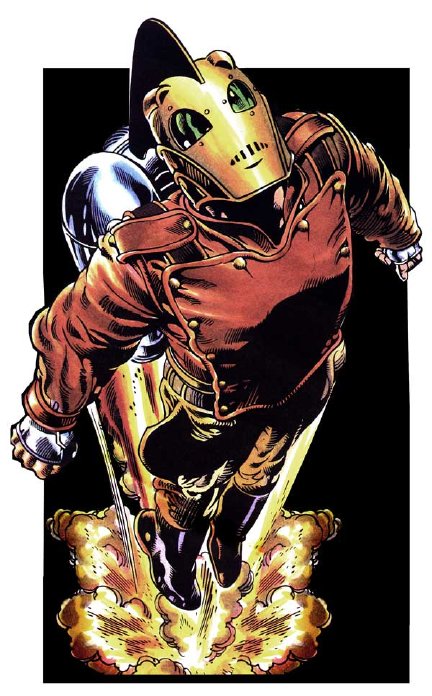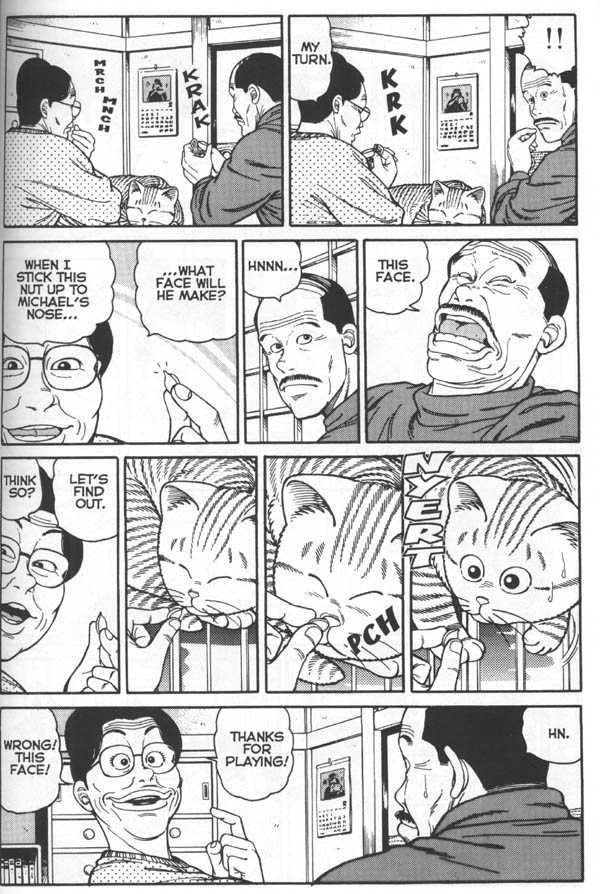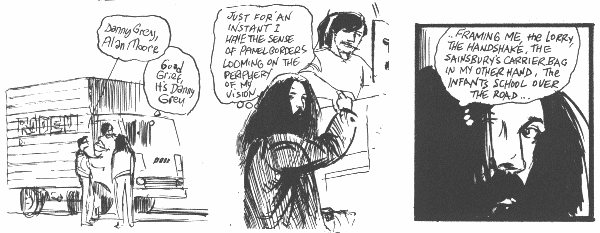
According to Heidi MacDonald’s The Beat, Rocketeer creator Dave Stevens has died:
I’ve just received word that Dave Stevens, the artist of the Rocketeer, died yesterday at age 52. Stevens had dropped out of sight for the most part in recent years and had been battling leukemia, a fact which he kept as private as possible.
Stevens was known for his meticulous artwork, reminiscent of the greatest illustrators of the past and the whiz bang pulpishness of the 30s and 40s. He was, of course, also obsessed with model Bettie Page. These came together in The Rocketeer, which was published by Eclipse, Pacific, Comico and Dark Horse in its various incarnations. In 1991 it was turned into a Disney film starring Billy Campbell and a young Jennifer Connelly. The film underperformed at the time but has become very fondly remembered.
The Rocketeer started as a six page backup strip in Mike Grell’s Starslayer comic, back in 1982 and was an immediate hit. Dave Stevens took all his pulp, movie serial and Betty Page pinup influences and mixed them together into one gorgeously drawn, exuberant story about Cliff Secord, a smalltime stunt pilot who finds a rocket pack stolen from a certain six foot tall giant bronzed scientist, uses it to become The Rocketeer and win fame and fortune, but gets drawn into more adventure than he had hoped… The story was simple, but effective, the art was gorgeous and as Heidi says, it was made into a somewhat overlooked but effective and fun movie in 1991, even if the Betty Page aspects of Secord’s girlfriend were lost. Stevens was always a slow cartoonist and Rocketeer was his only real project, though he was much in demand in the eighties as a cover artist. But it was enough.
(Found via James Nicoll.)


